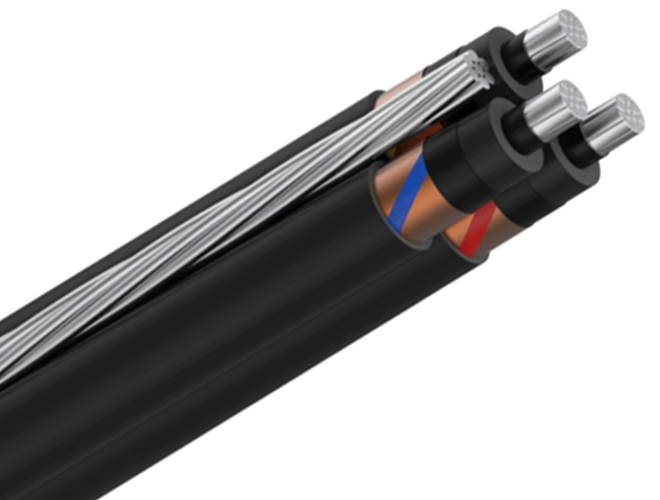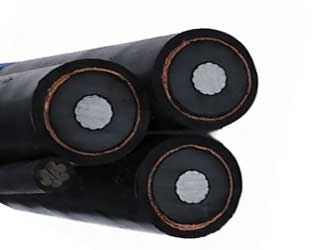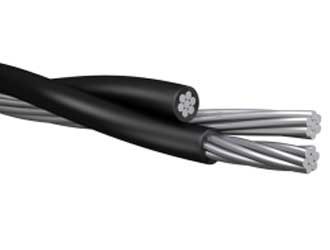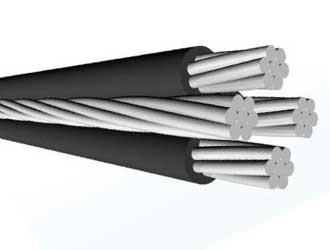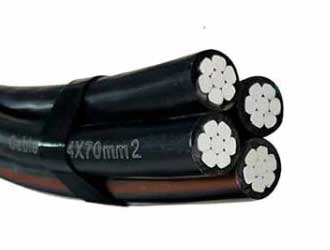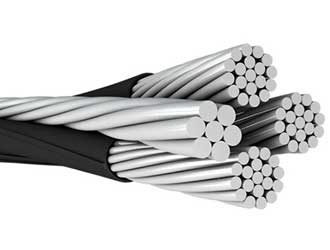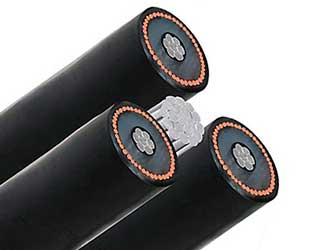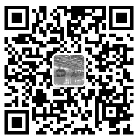

ADDRESS :
Factory 1:No.33 Jinan City, Shandong Province,China
Factory 2: No. 28 Zhengzhou City, Henan Province,China
Factory 2: No. 28 Zhengzhou City, Henan Province,China
WHATSAPP/MOBILE/WECHAT:
+86186 2554 1622
Email :
info@cable-uni.com
products
fast LINKS
message
Subscribe to our email newsletter to receive
useful articles and special offers.


